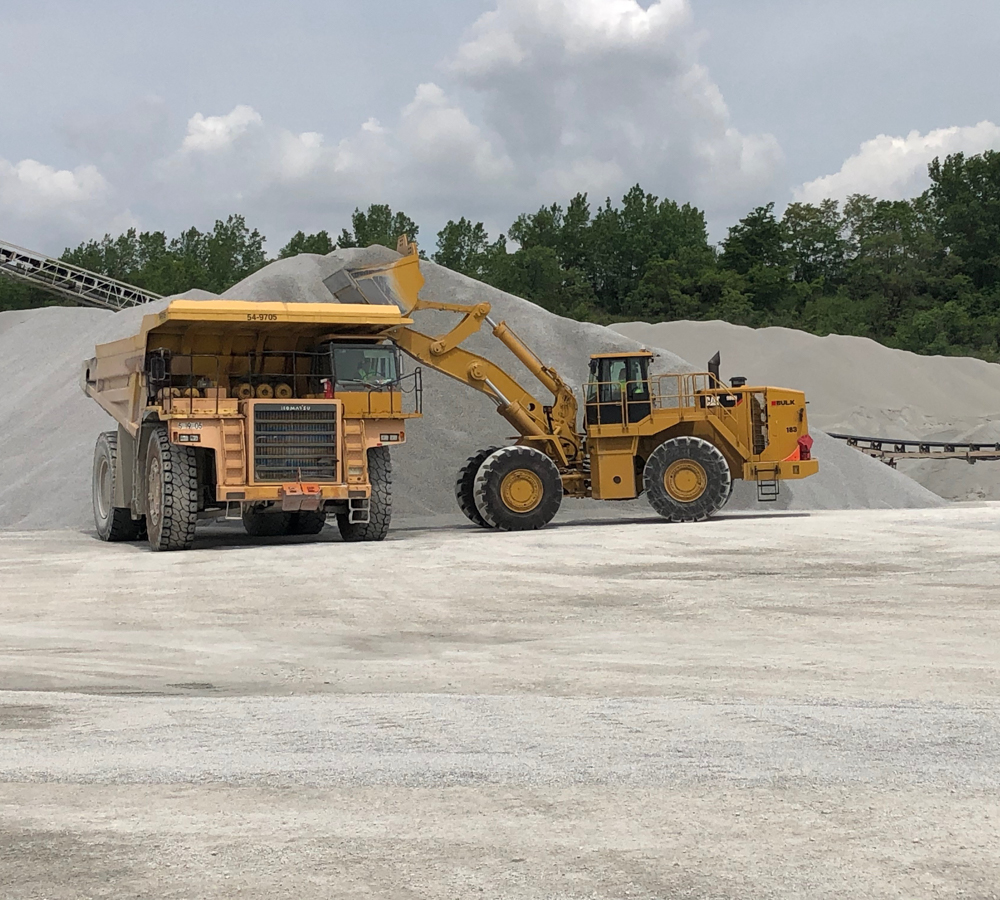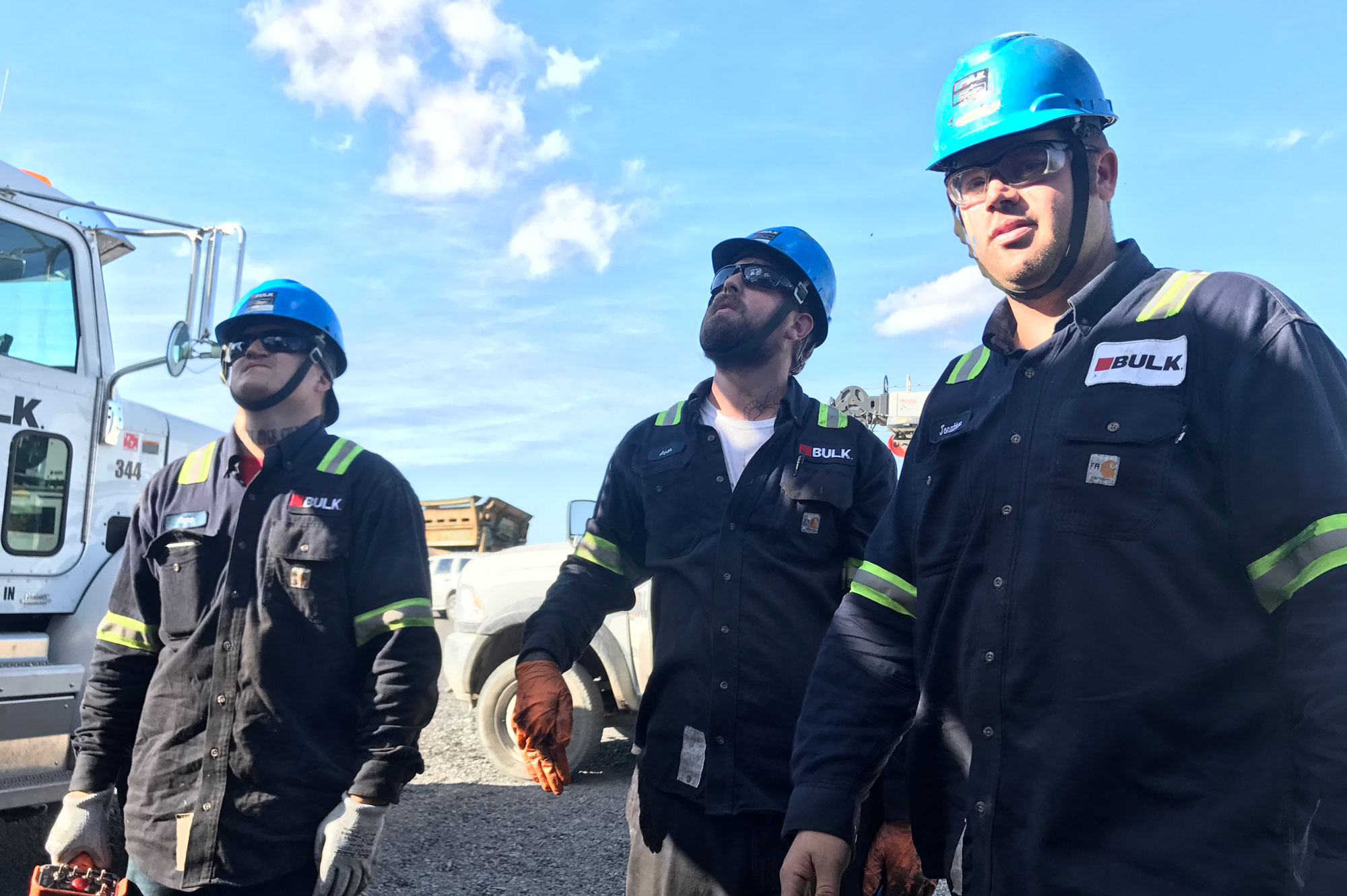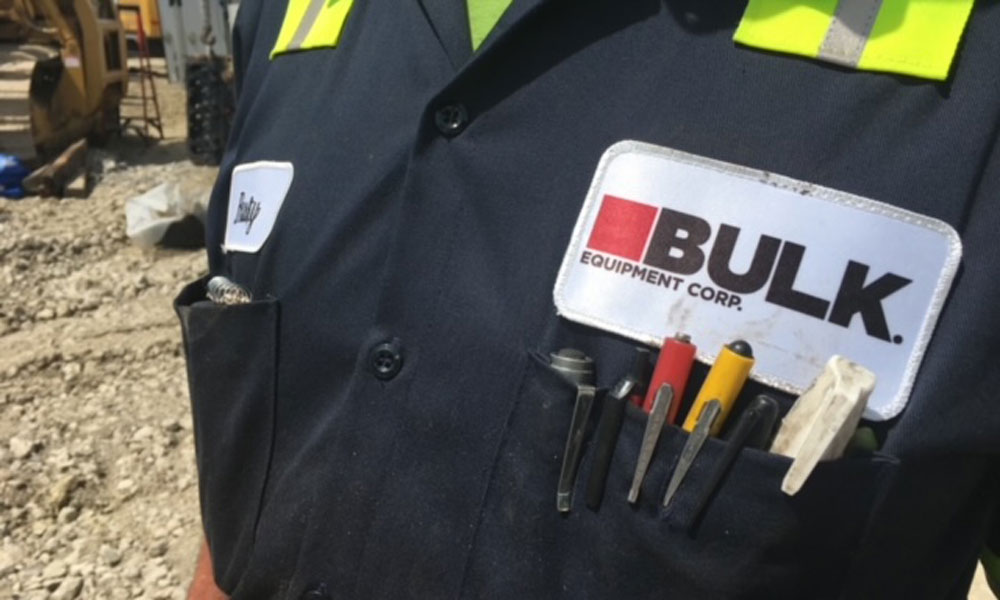Since Bulk Equipment originated from the site prep and material handling business of Brown Inc., we know how crucial reliable heavy equipment is to your operation. Thanks to our deeper understanding, we’ve designed our entire business around reducing costs, maximizing uptime, and keeping you moving.

As an operator, up-time of your equipment is a top priority. Thanks to our decades of maintenance experience paired with our ability to tailor entire fleets to specific applications, Bulk is best positioned to keep your operation moving.
Our targeted zero-downtime approach provides dedicated technicians, backup machines and a full complement of spare parts for on-site maintenance and repair. Bulk offers an exceptional, brand-independent alternative to the dealership supply model.
Proactively tracking and managing equipment reliability, asset longevity, and lowest cost of operation to make your fleet run efficiently.
Maximizing productivity with telemetry which provides 24/7 visibility into the operating status of your equipment, so we can stay ahead of your needs.
Renting equipment from Bulk is like having a 100% bumper to bumper warranty that never expires. From supply chain to custom modifications, we’ve got your entire fleet covered.

This management tool provides managers accurate information about the performance of their heavy equipment fleet. Today’s technology provides a vast amount of information about machine performance, making it easy to reach a state of data overload. Our CID streamlines this into one easily understandable format, delivering the exact data necessary to better manage an operation.

Steel Mill Application (SMA) Front-End Loaders have the base of a tried and tested design with a reinforced frame, cab, and components in order to operate and handle molten steel and blast furnace slag. Designed to protect the operator and reduce the risks when handling molten slag, the front-end loader cab is fitted with impact- and heat-resistant glass. There is also a closed HVAC system to prevent the introduction of gases created when handling the molten slag.
The Straddle Carrier increases productivity for the customer by eliminating the use of flatcars to transport slabs throughout the mill. This asset decreases the number of times the slabs are handled by providing the ability to drive directly over top of the slabs, picking them up, and transporting them directly to the location of the customer’s needs. These machines can also pick and sort through slab piles, selecting specific slabs for their orders, and achieving just in time delivery.
The Pot Carrier is constructed to lift and carry a slag pot designed to the specific capacity of the steel maker’s furnace. It also provides the operator with additional safety features in an effort to further reduce the hazards and to allow for ease of handling and transporting the slag pot to an engineered dumping station.
The prime mover, or tractor, utilizes a scraper design and then updates the operator’s cab with the ability to face in the direction of operation. This improves visibility and increases productivity.
With a modified or purpose-built spreader replacing the container spreader, we hang magnets for slab handling and C-hooks or coil tongs for coil movements. When handling hot slabs, purpose-built slab tongs can withstand temperatures up to 1,100 degrees F are attached. Typical lifting capacity under the lifting device can range from 35 to 50 tons depending on attachment weight and configuration. However, there are manufacturers that are now building Reach Stackers with significantly more lifting capacity. As capacity goes up, maneuverability due to increased wheelbase goes down.
The first Continuous Transport System Bulk supplied to a customer was in 1999. This replaced multiple heavy-duty tractors and trailers along with the labor support required to operate the trucks. Not only were we able to save our customer significant expense by moving from multiple trucks, trailers and drivers to one single machine with one operator, but we were also able to decrease the carbon footprint by burning significantly less fuel while accomplishing the same or more productivity.